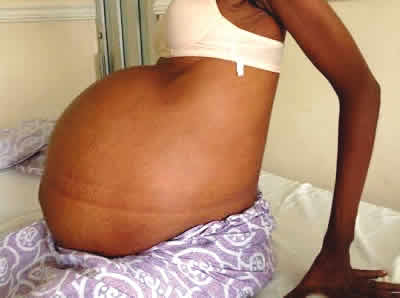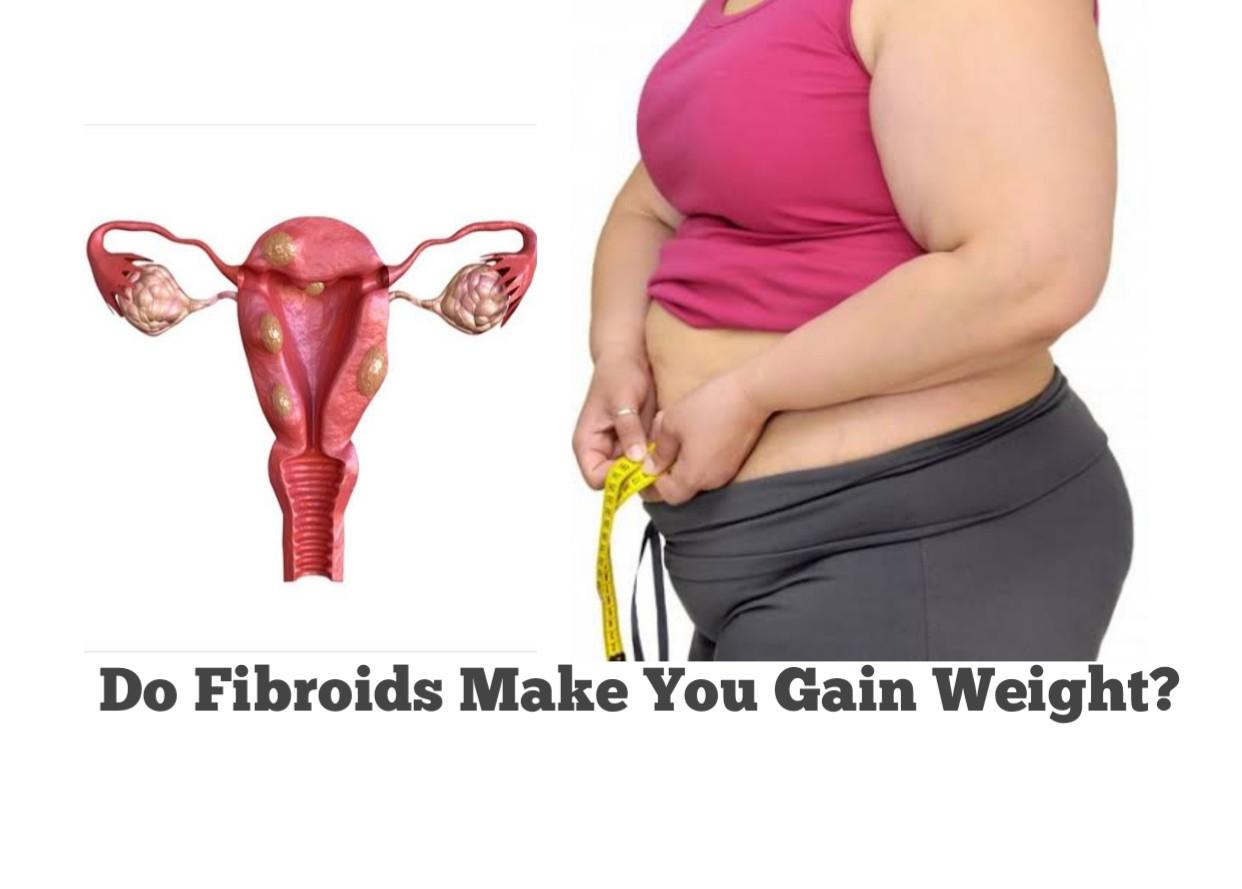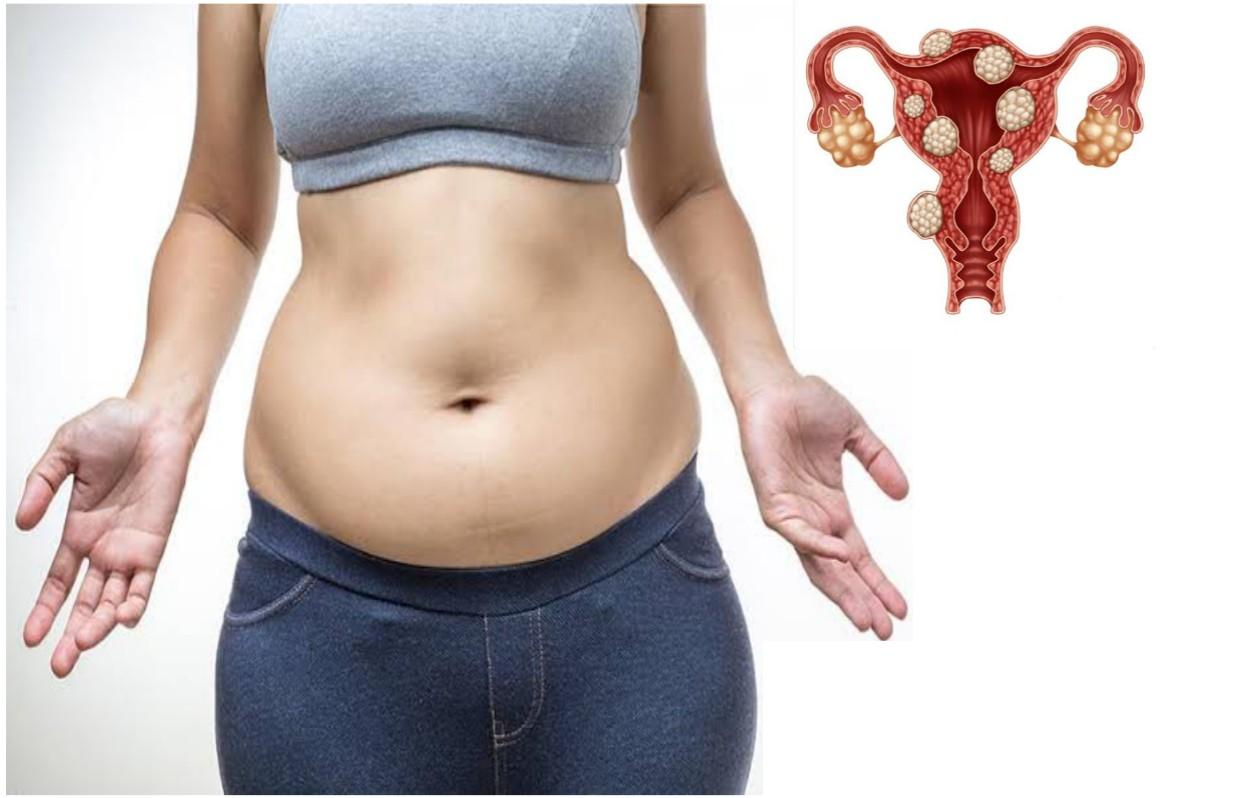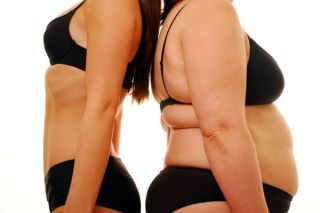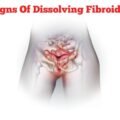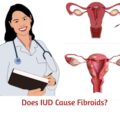Fibroids are abnormal muscular tumors that grow in the wall of the uterus (womb). Another medical term for fibroids is leiomyoma or just “myoma“. Fibroids are almost always benign (not cancerous). Fibroids can grow as a single tumor, or there can be many of them in the uterus. They can be as small as an apple seed or as big as a grapefruit. In unusual cases they can become very large.
Why should women know about fibroids?
About 20 percent to 80 percent of women develop fibroids by the time they reach age 50. Fibroids are most common in women in their 40s and early 50s. Not all women with fibroids have symptoms. Women who do have symptoms often find fibroids hard to live with. Some have pain and heavy menstrual bleeding. Fibroids also can put pressure on the bladder, causing frequent urination, or the rectum, causing rectal pressure. Should the fibroids get very large, they can cause the abdomen (stomach area) to enlarge, making a woman look pregnant.
Who gets fibroids?
There are factors that can increase a woman’s risk of developing fibroids.
- Age. Fibroids become more common as women age, especially during the 30s and 40s through menopause. After menopause, fibroids usually shrink.
- Family history. Having a family member with fibroids increases your risk. If a woman’s mother had fibroids, her risk of having them is about three times higher than average.
- Ethnic origin. African-American women are more likely to develop fibroids than white women.
- Obesity. Women who are overweight are at higher risk for fibroids. For very heavy women, the risk is two to three times greater than average.
- Eating habits. Eating a lot of red meat (e.g., beef) and ham is linked with a higher risk of fibroids. Eating plenty of green vegetables seems to protect women from developing fibroids.
Do fibroids cause weight gain?
Yes, fibroids can cause weight gain in the abdomen especially when the fibroids grow large in size. Estrogen surges, such as those during pregnancy, or pre-menopausal hormone swings, can cause a growth spurt. Environmental influences like diet or stress may also play a part. Whatever the reason, a fibroid that was no bigger than a pinhead suddenly begins to grow. Very large uterine fibroids can weigh several pounds or even push on other organs. Often, women experience more than one fibroid. In severe cases, a woman may even appear pregnant because of the excess weight in the area. Many women may experience more than one type of fibroid. Sudden changes in hormones like estrogen can lead to this sudden growth.
According to Advanced gynaecology, large fibroid cluster can measure to more than eight inches in diameter or larger, which is about the size of a small watermelon. Fibroids of this size can directly impact a woman’s weight. Beyond about four inches in diameter, or the size of a grapefruit, a doctor needs to be consulted, as this can impact other organs such as the bladder and the lungs. There is also an increased risk of blood clots or ruptures. Of course, in extreme circumstances they have been known to grow even larger. In one very extreme case in Singapore, one woman had a 61-pound fibroid removed.
What are the fibroids symptoms associated with weight gain?
Your doctor may find that you have fibroids when you see her or him for a regular pelvic exam to check your uterus, ovaries, and vagina. The doctor can feel the fibroid with her or his fingers during an ordinary pelvic exam, as a (usually painless) lump or mass on the uterus. Often, a doctor will describe how small or how large the fibroids are by comparing their size to the size your uterus would be if you were pregnant.
One of the signs of fibroids is unexplained weight gain. But you will want to evaluate the weight gain as it relates to other symptoms. When in doubt, always visit your doctor.
Most Common Fibroid Symptoms:
- Heavy bleeding between periods
- Abnormally heavy bleeding during periods (you know what’s normal for you)
- Pain in the pelvis and lower back, which you may only identify as discomfort at first
- More severe menstrual cramping
- Increased urination, due to extra pressure on your bladder (not unlike that experienced during pregnancy)
- Painful intercourse
- Prolonged periods
- Pressure or feeling of fullness in the lower abdomen
- Swelling of the abdomen
- Constipation
- Difficulty emptying the bladder
Keep in mind these symptoms vary significantly from patient to patient. However, it is best to be aware of all possible signs so you may seek fibroid treatment as soon as possible. ALSO READ: Can STC30 Cure Fibroids and Infertility?
